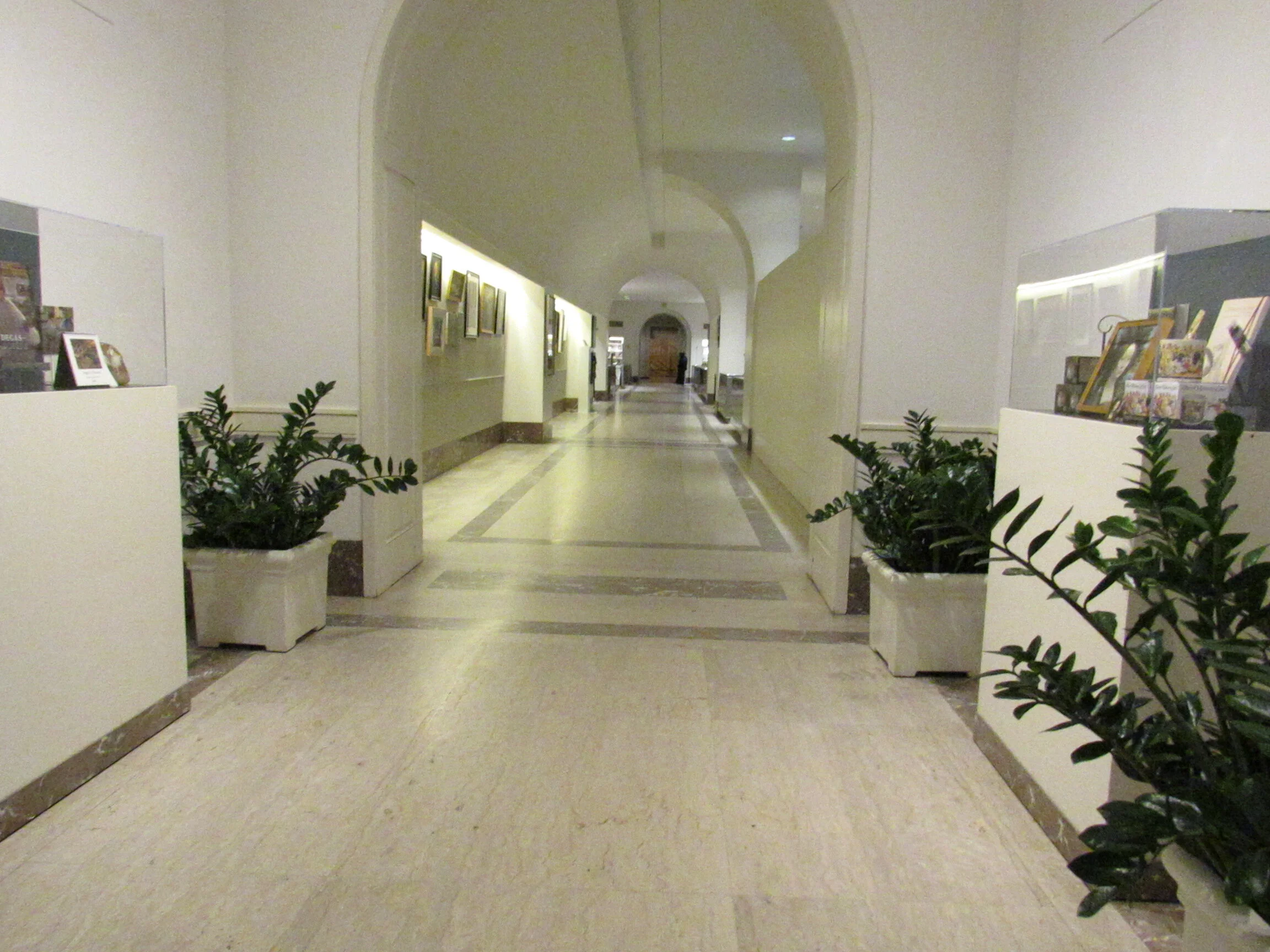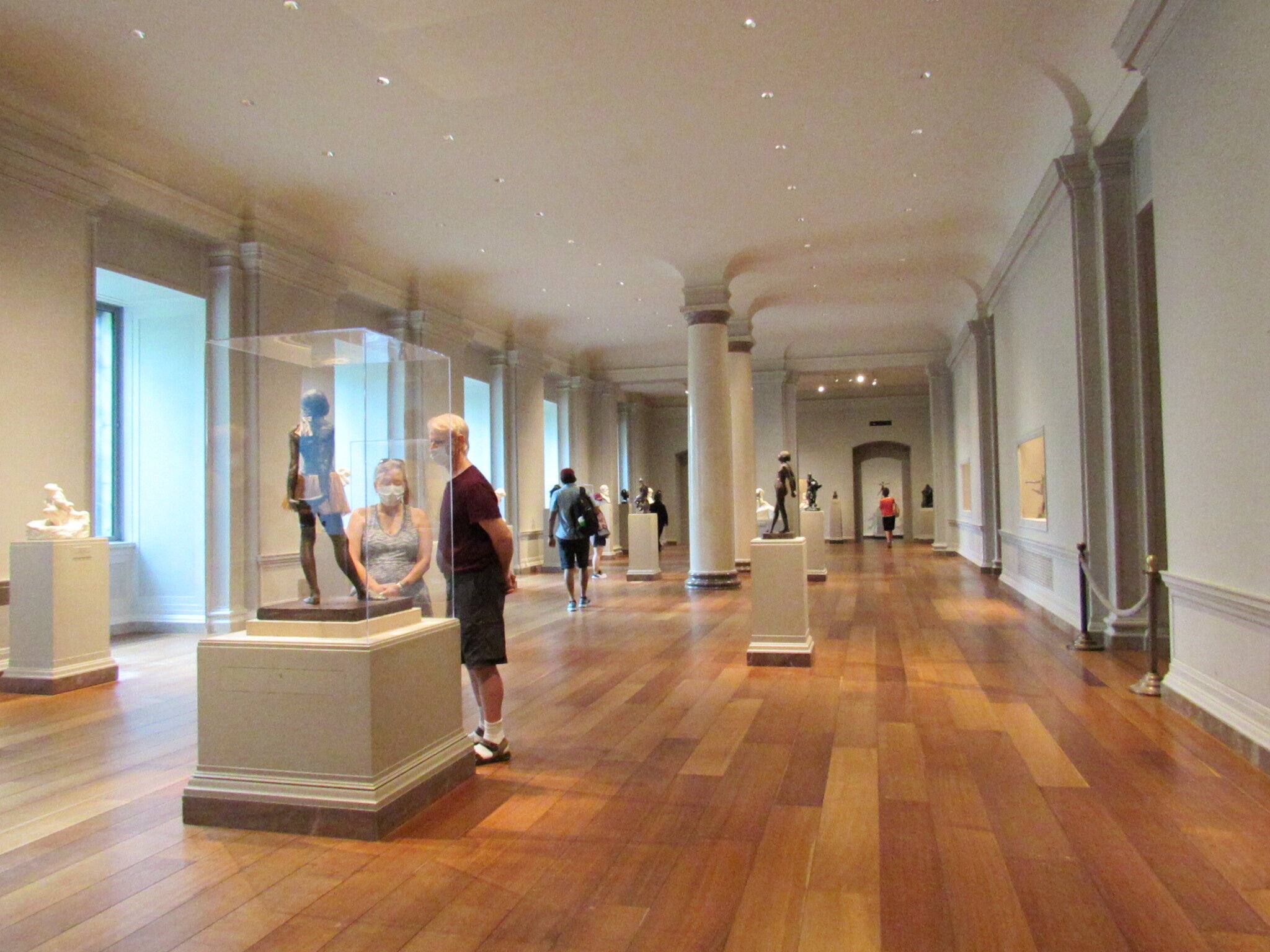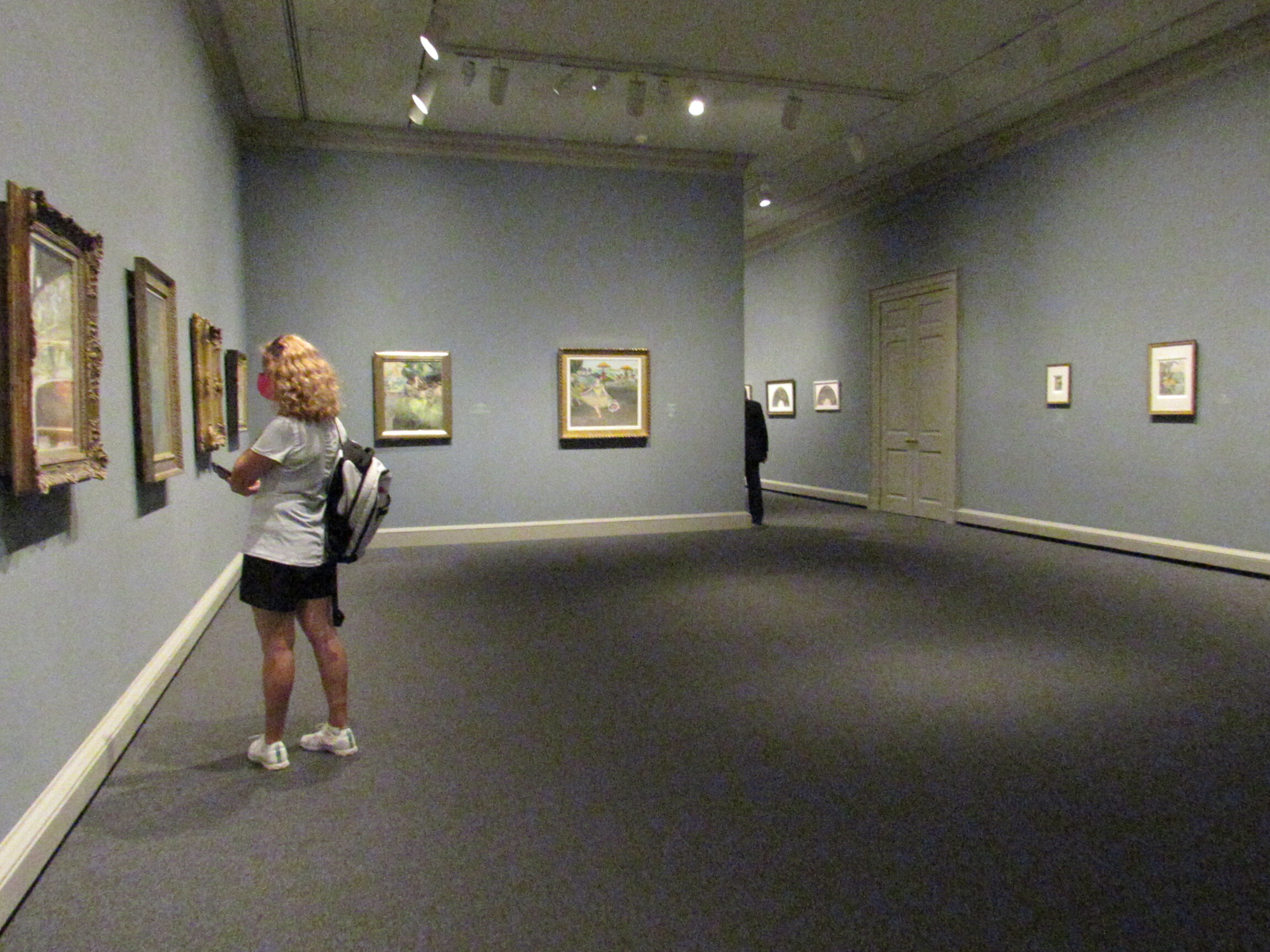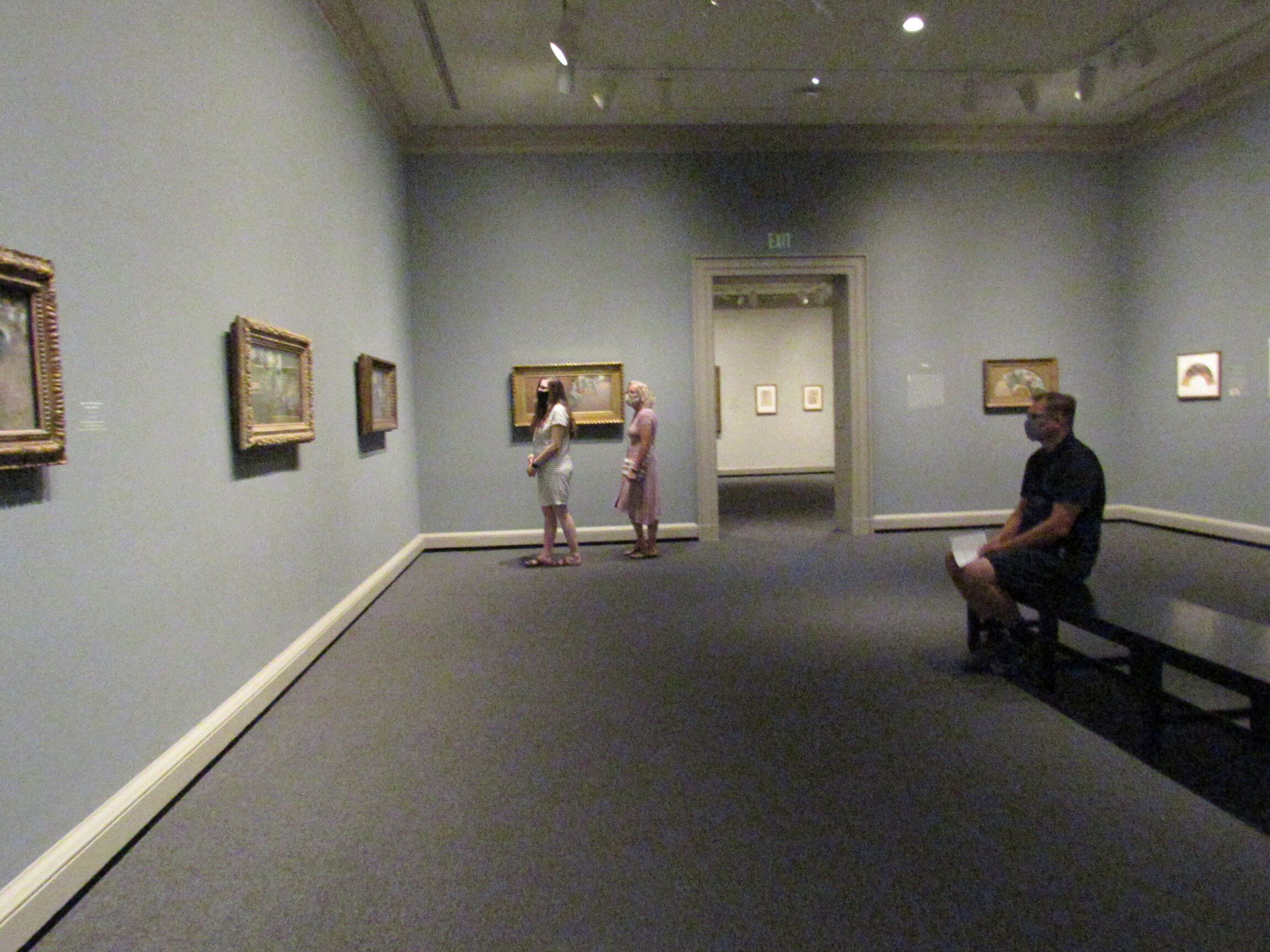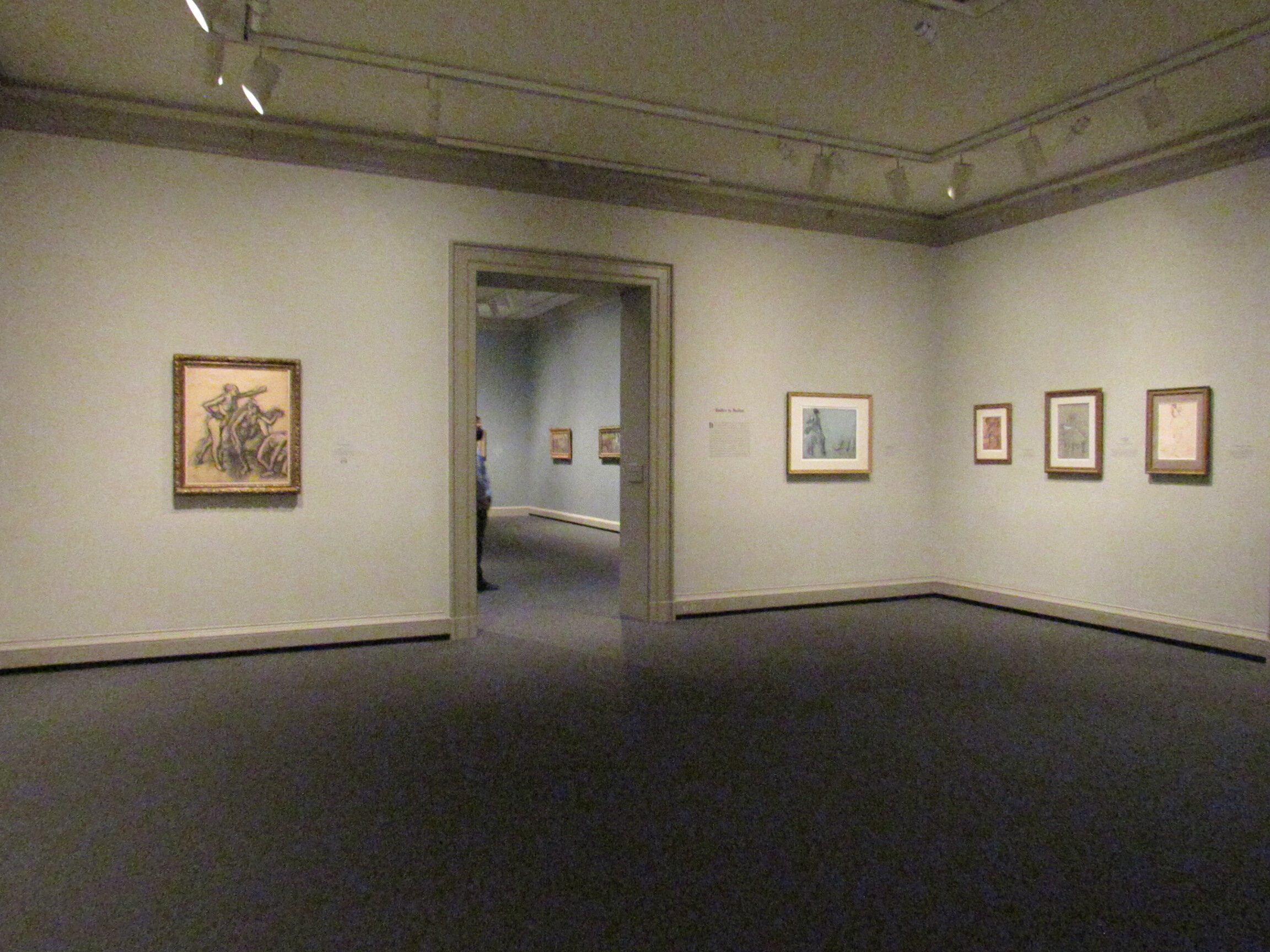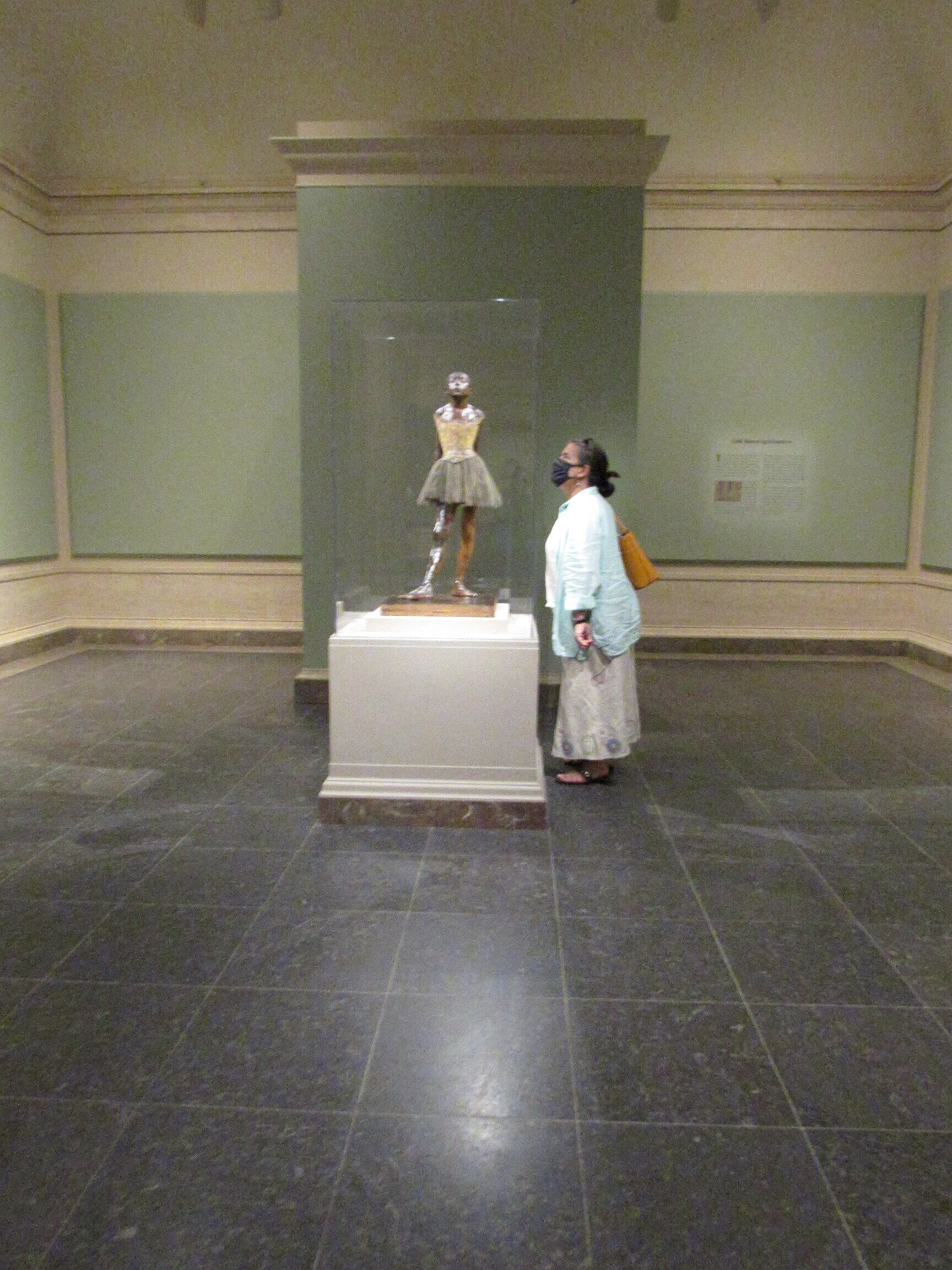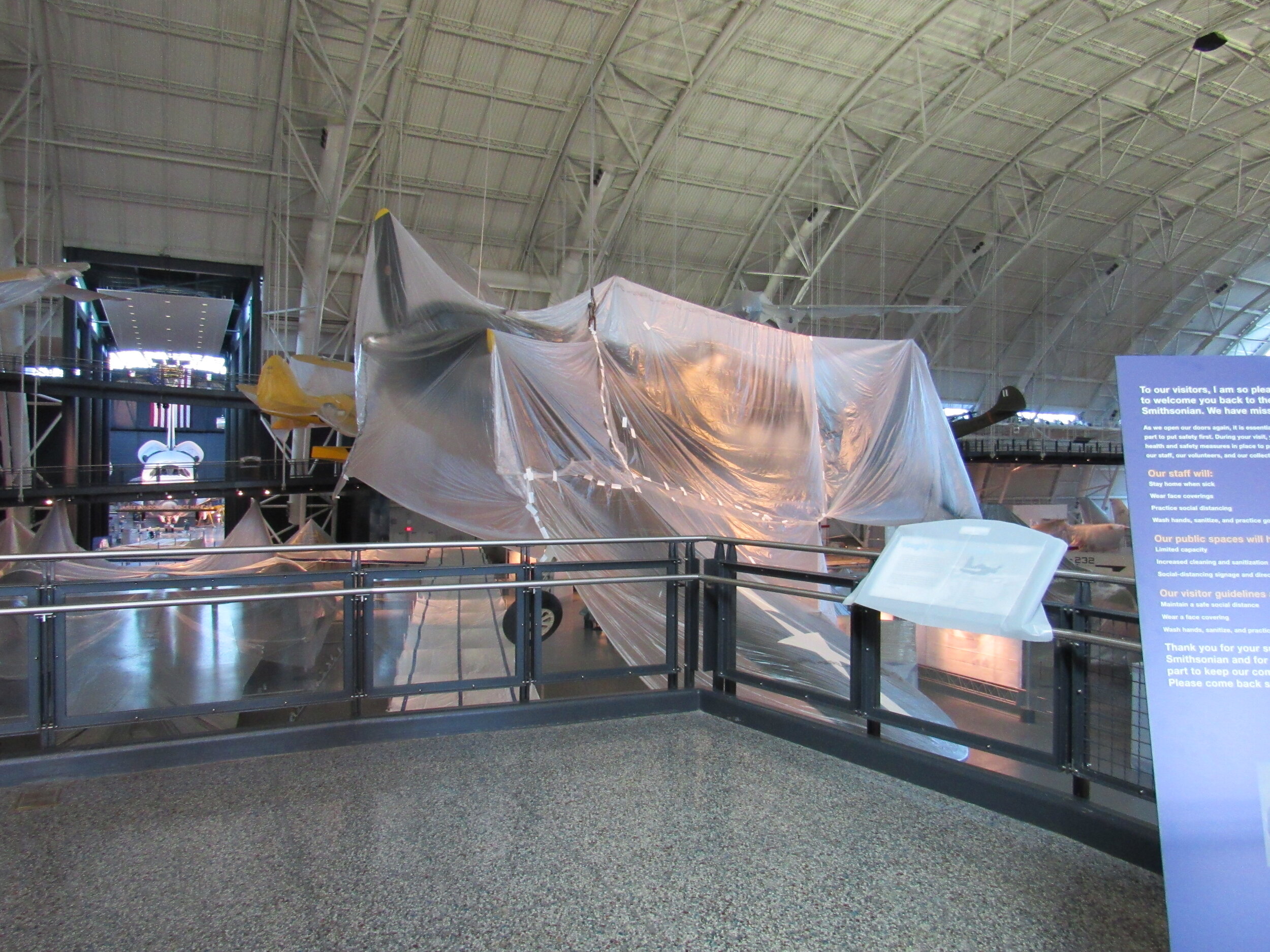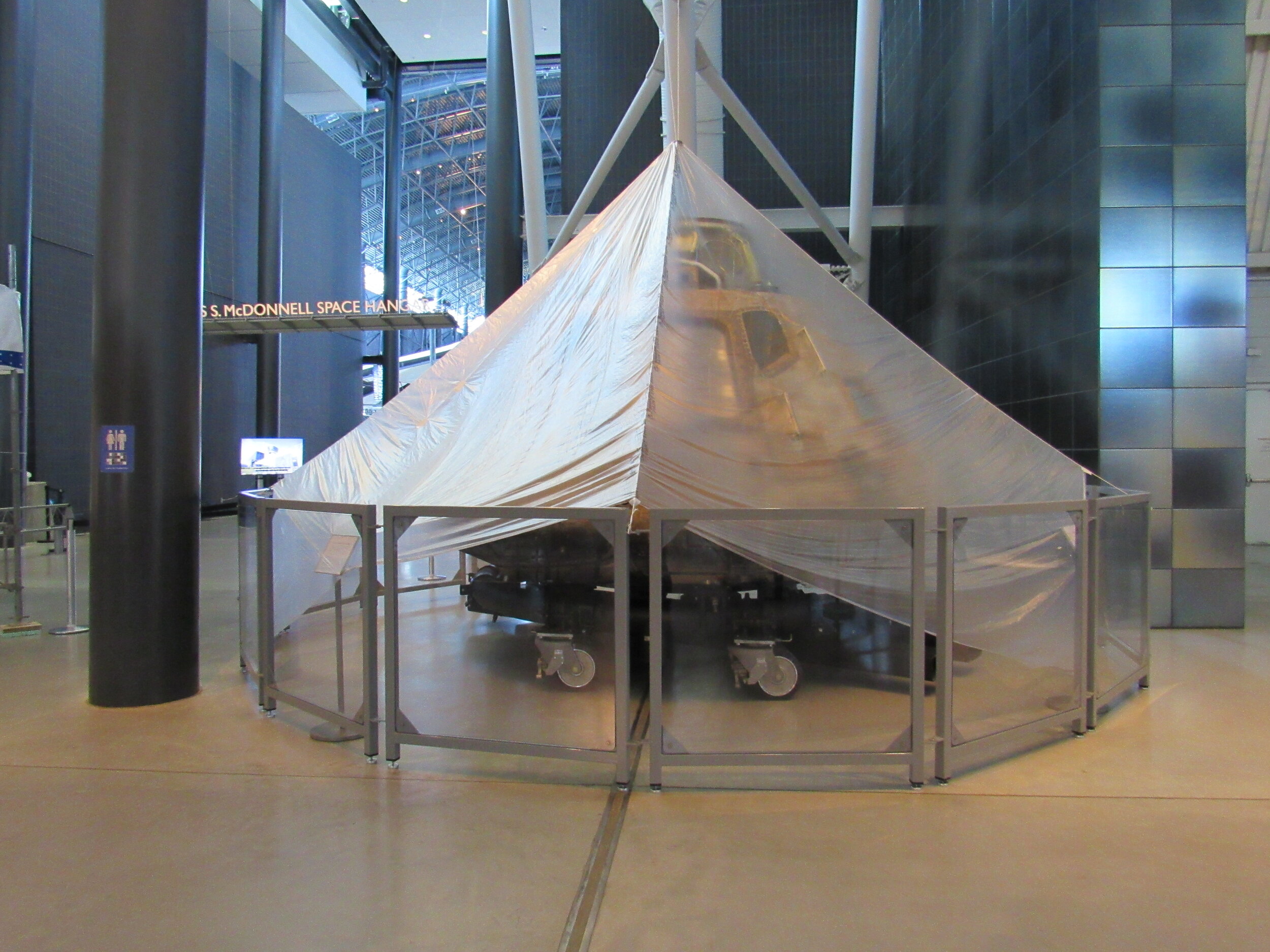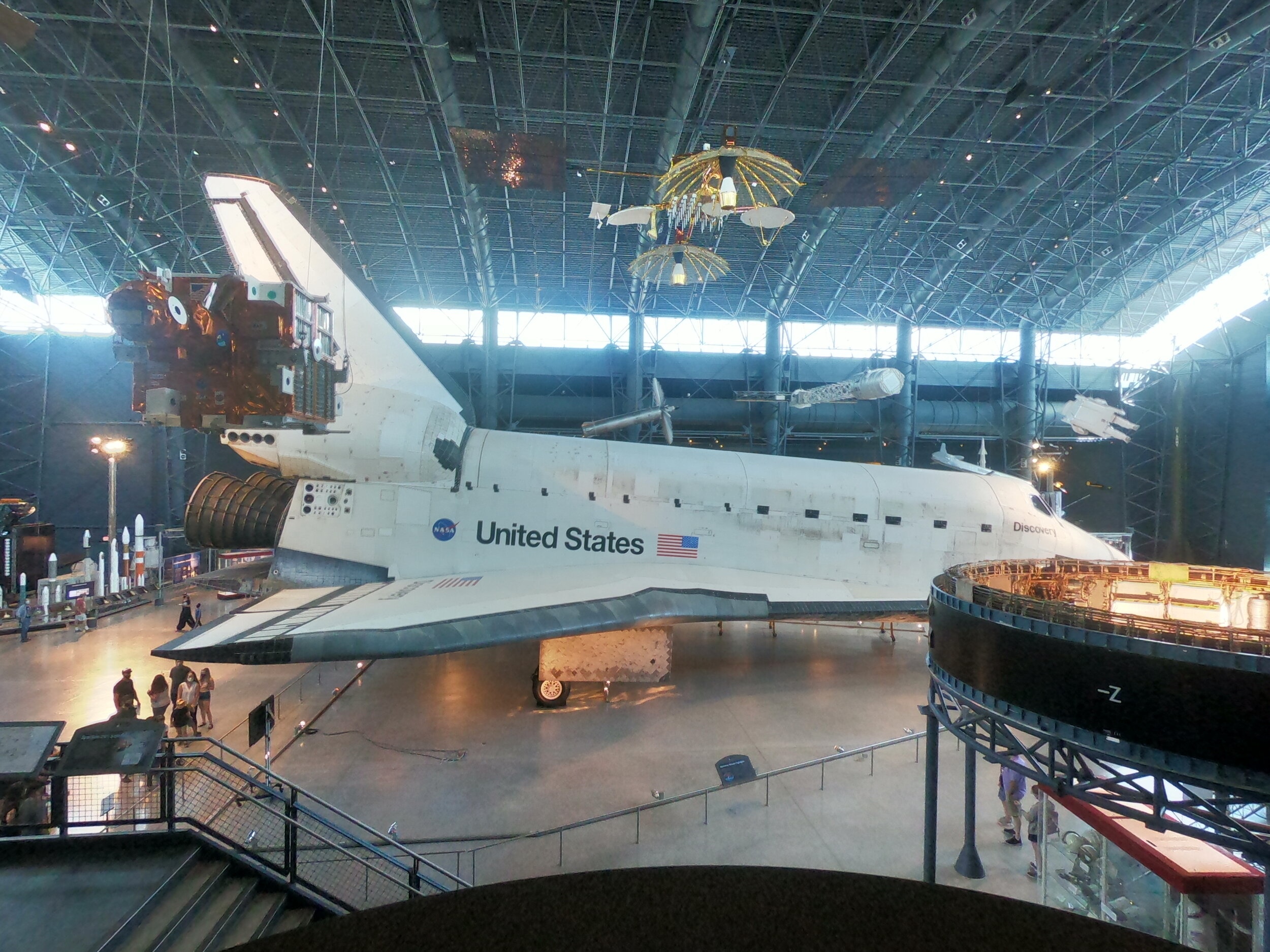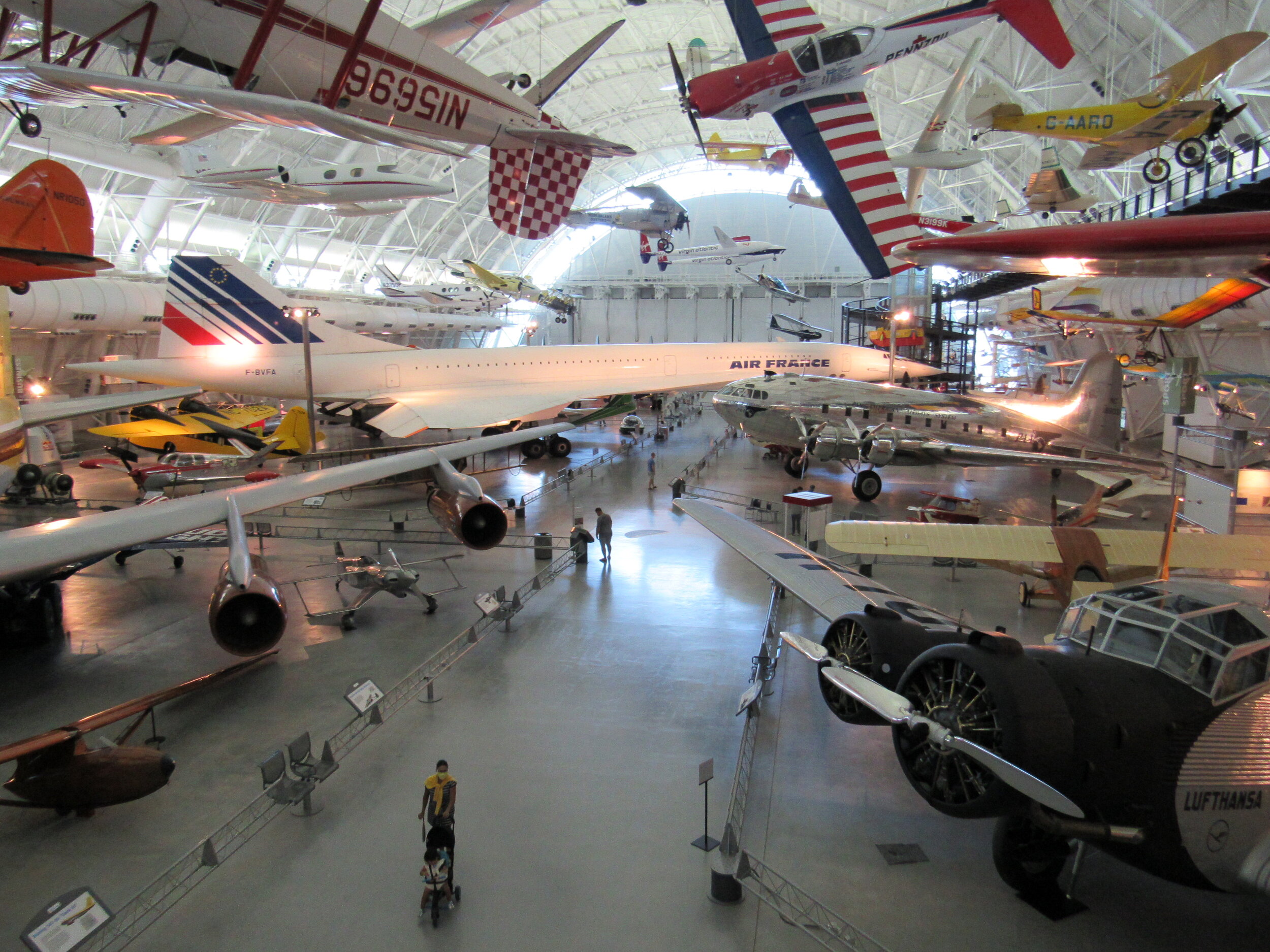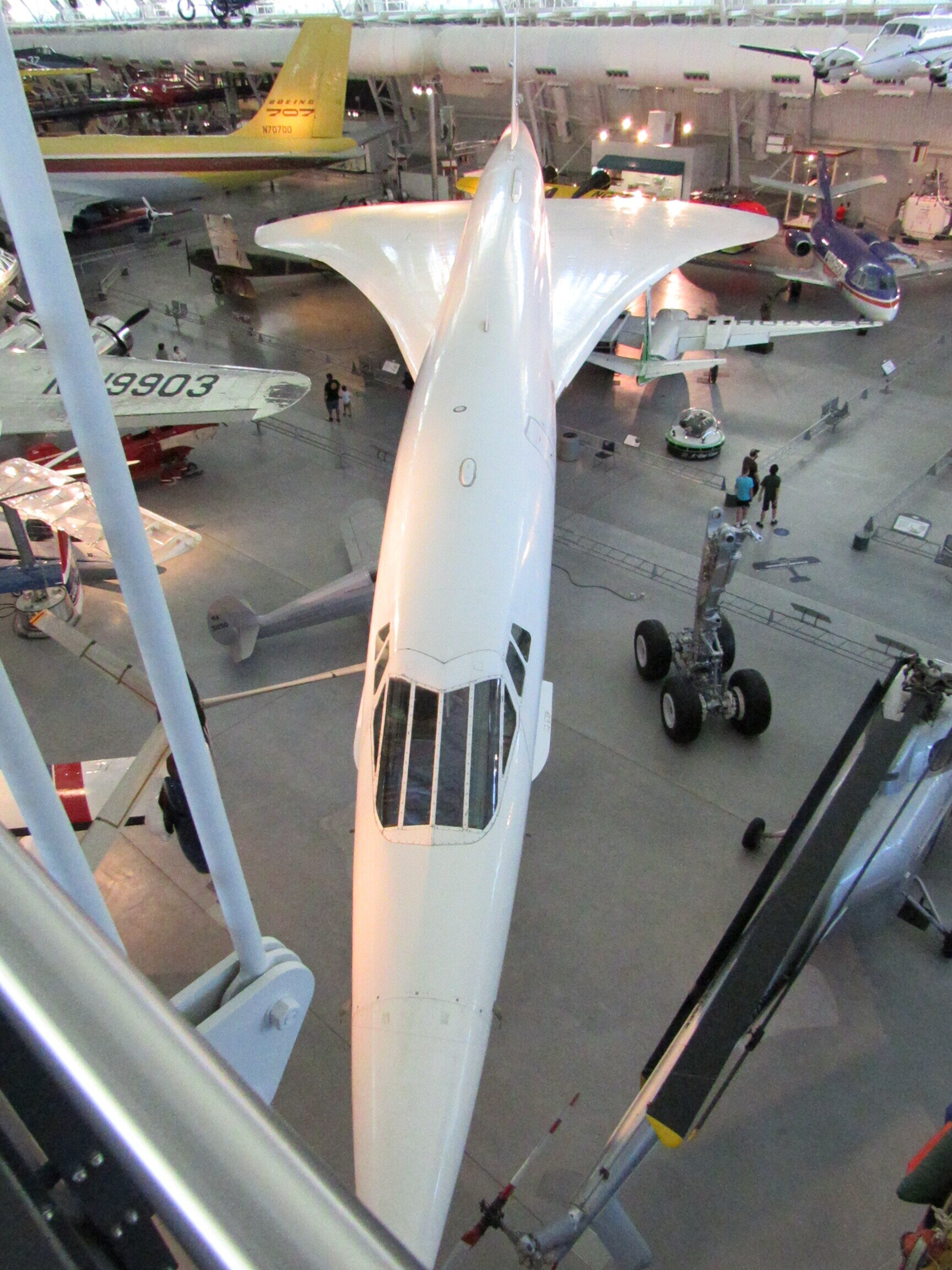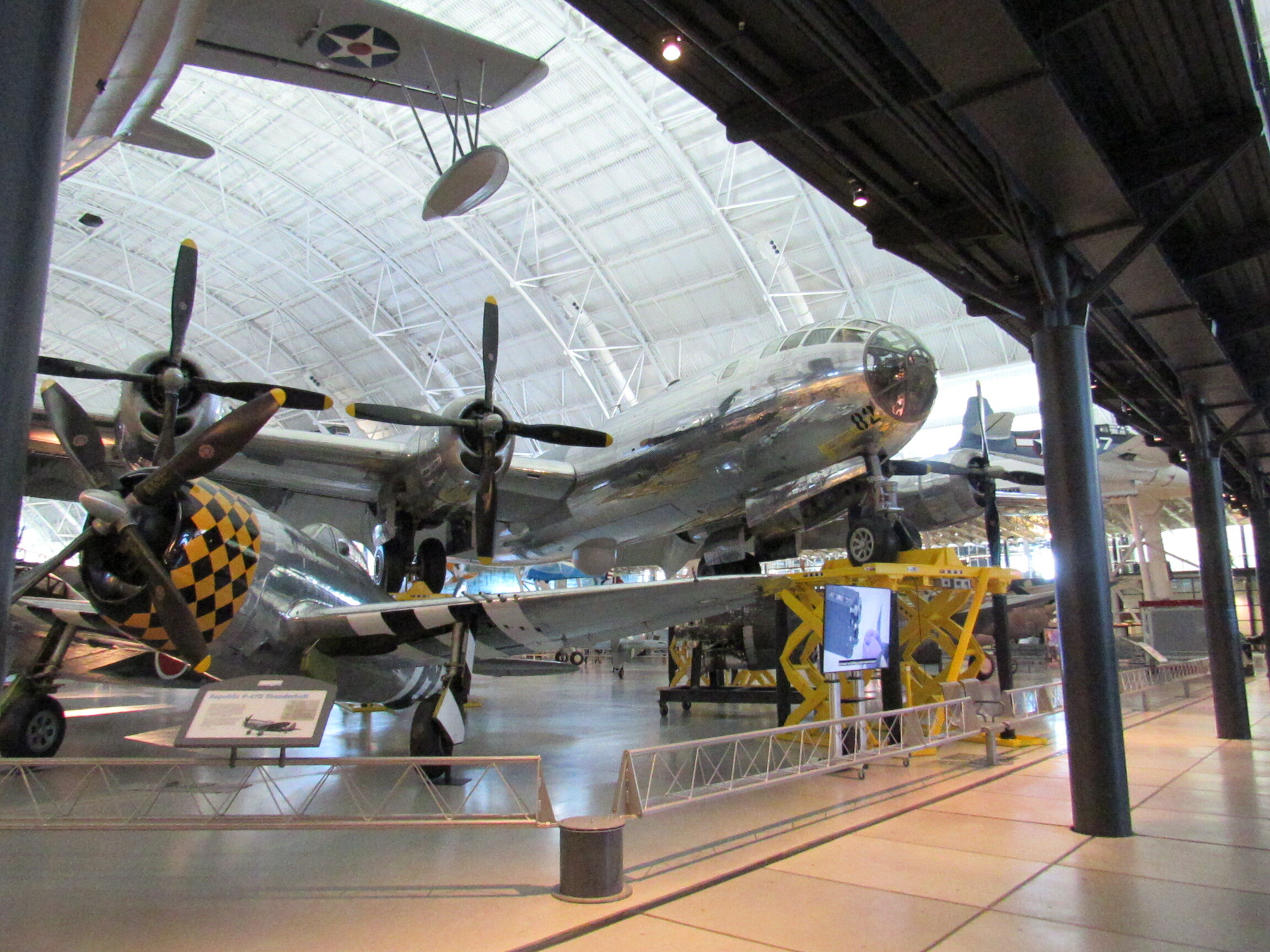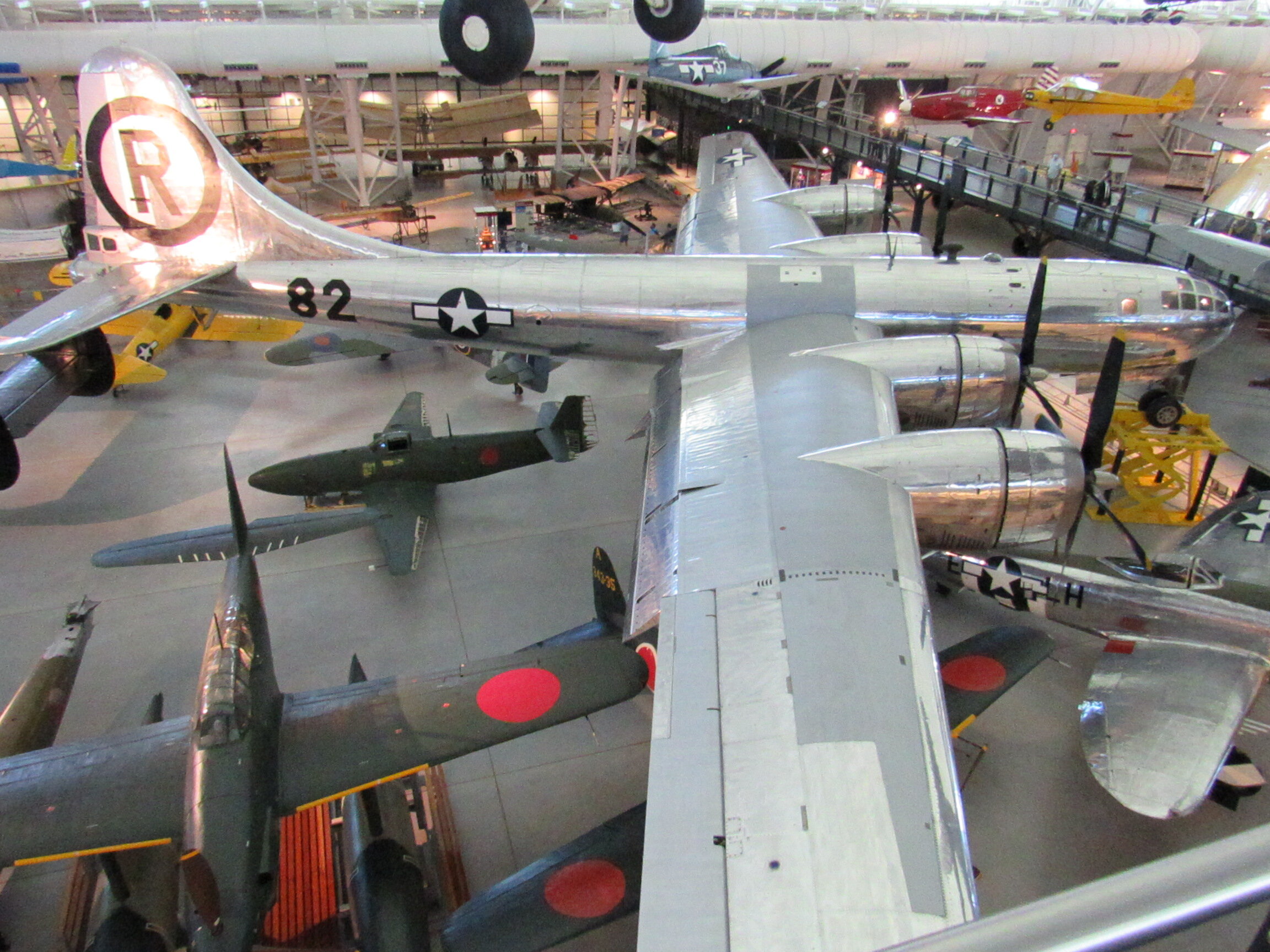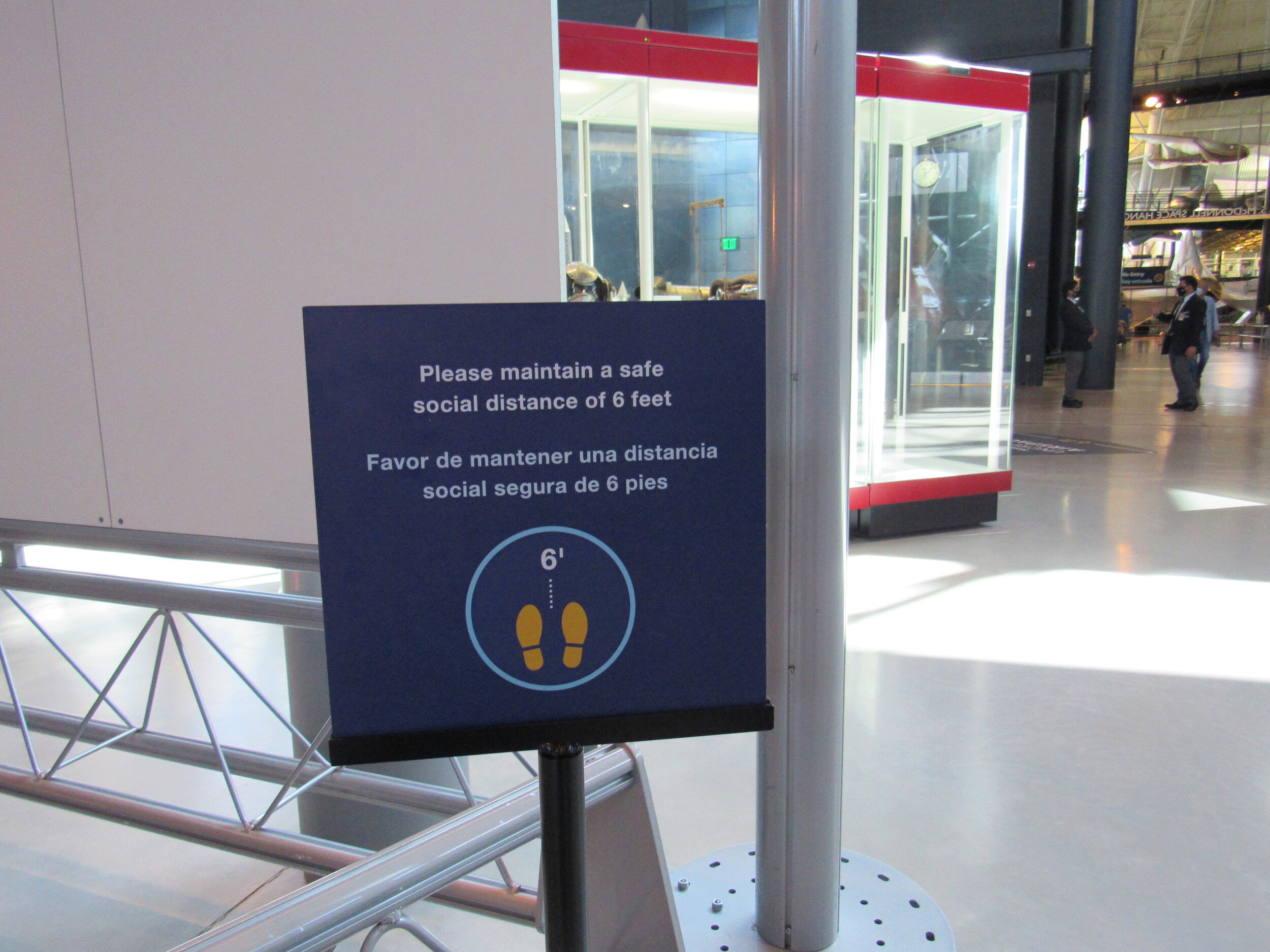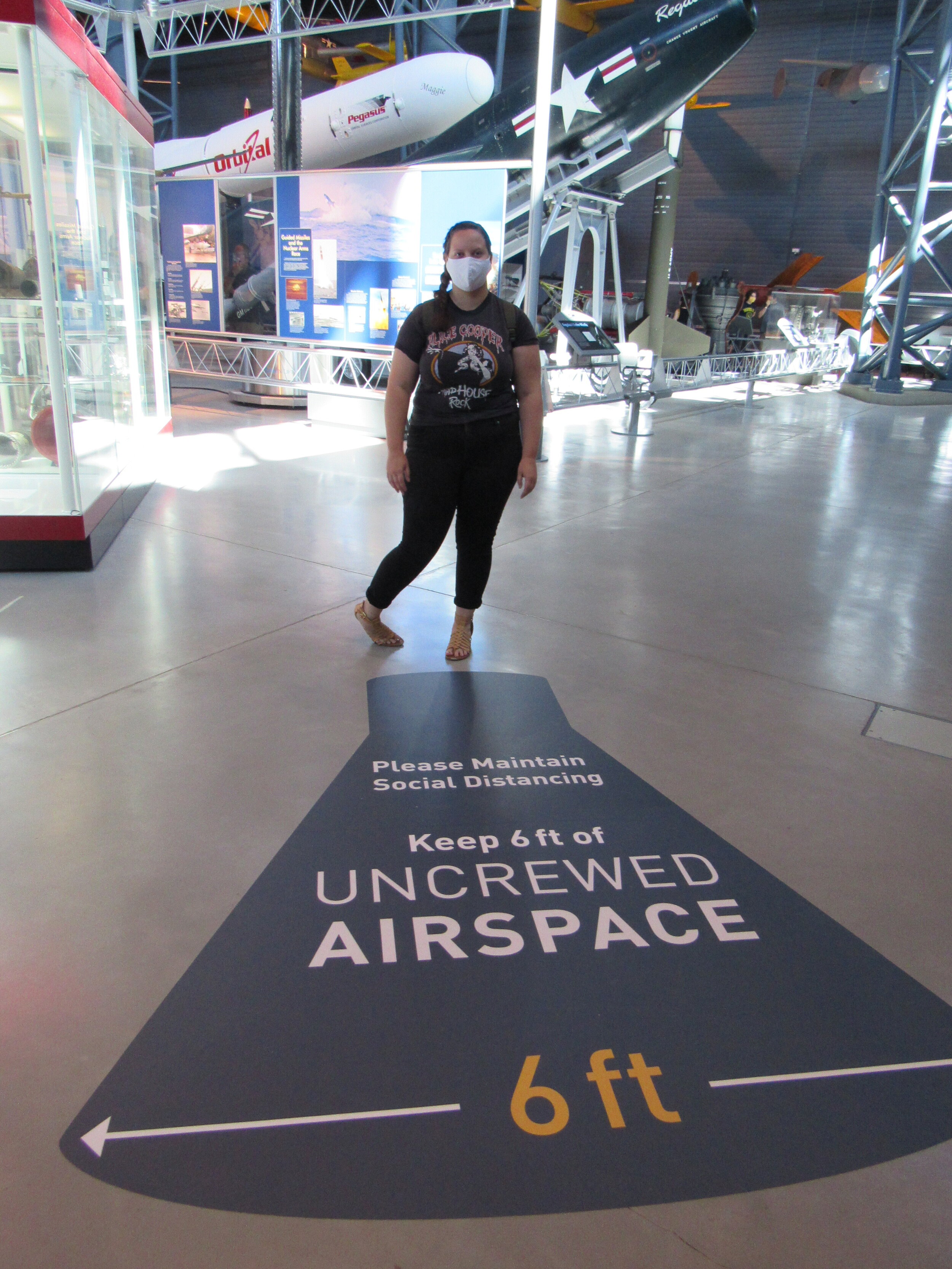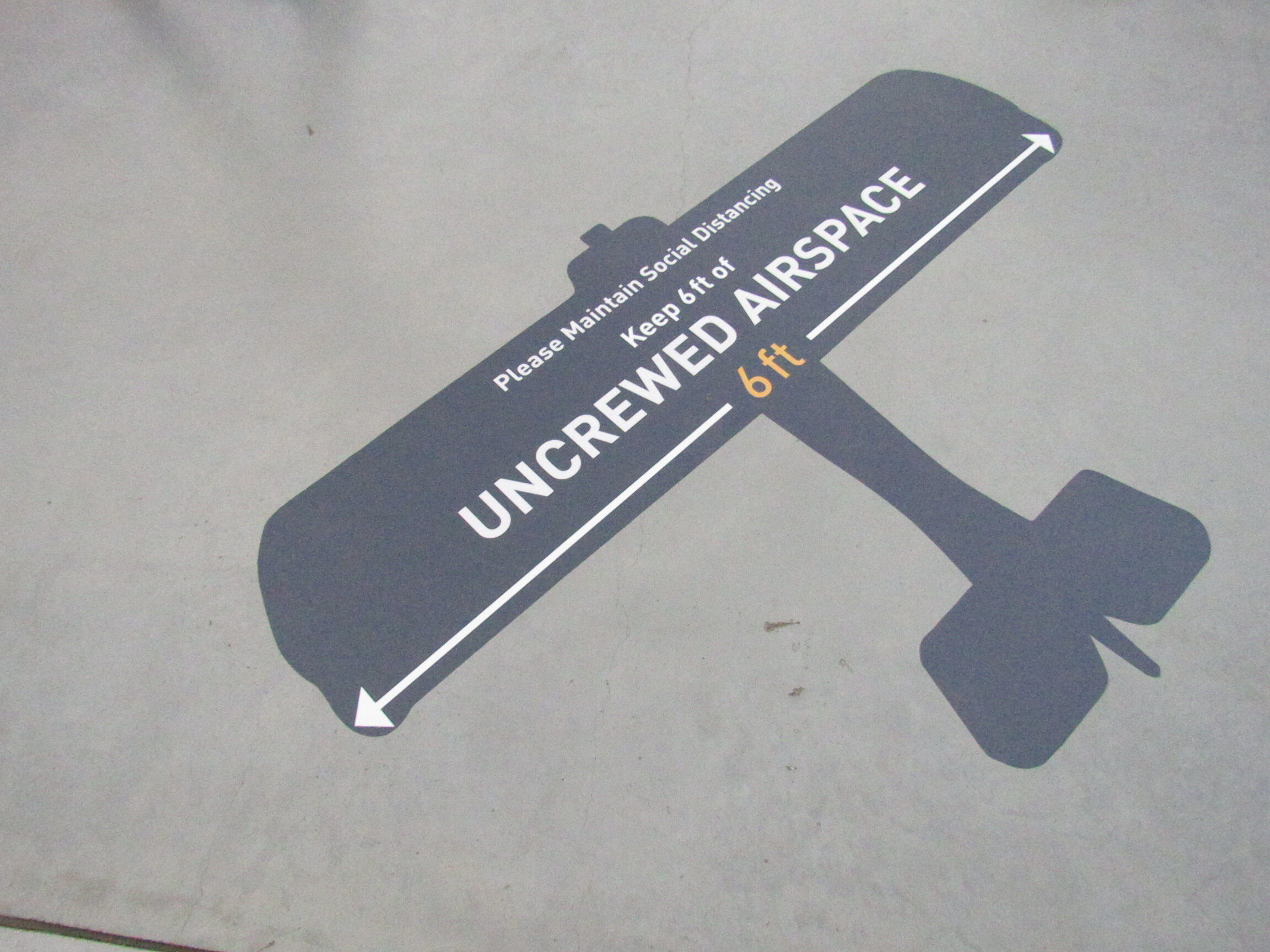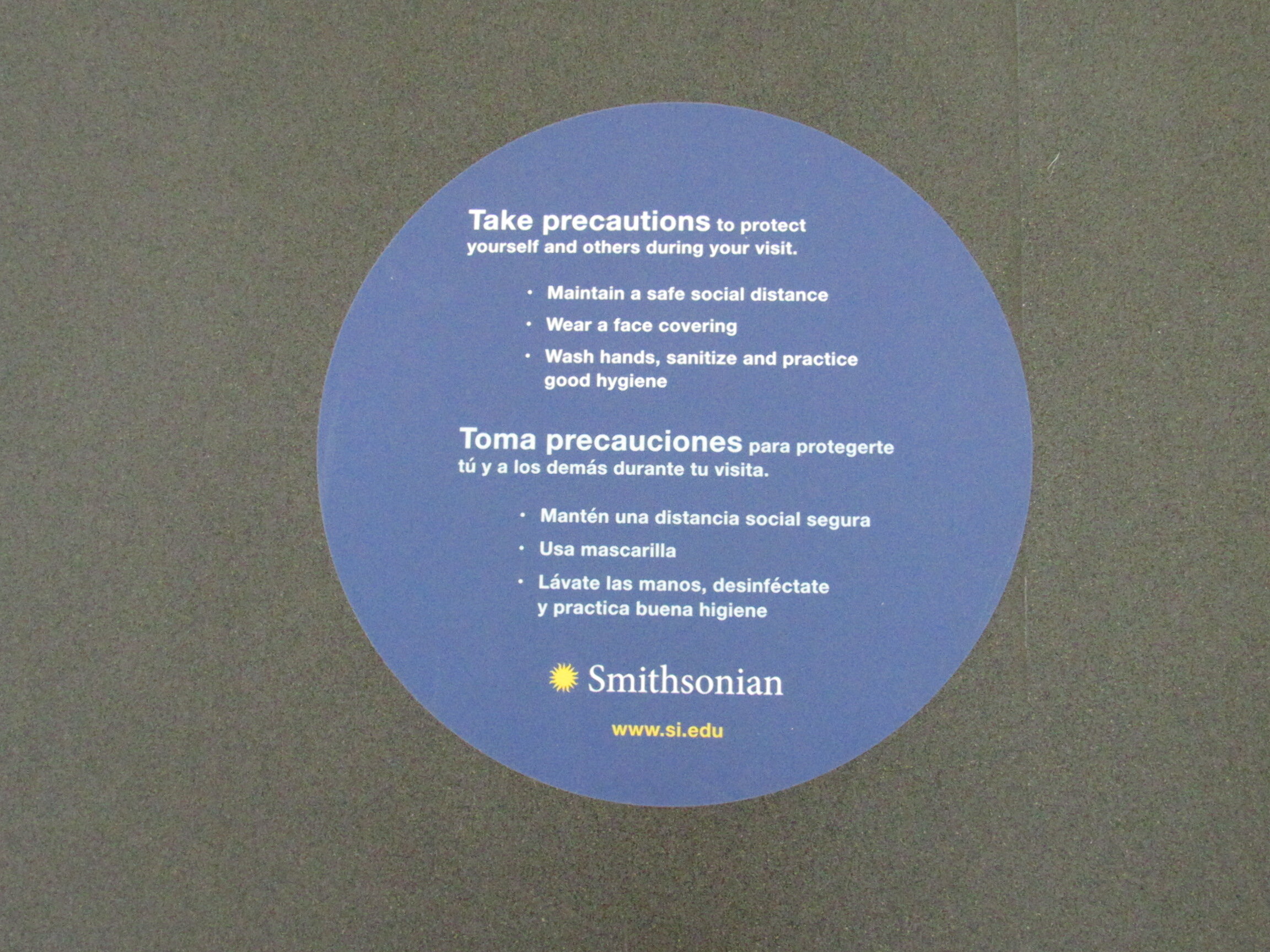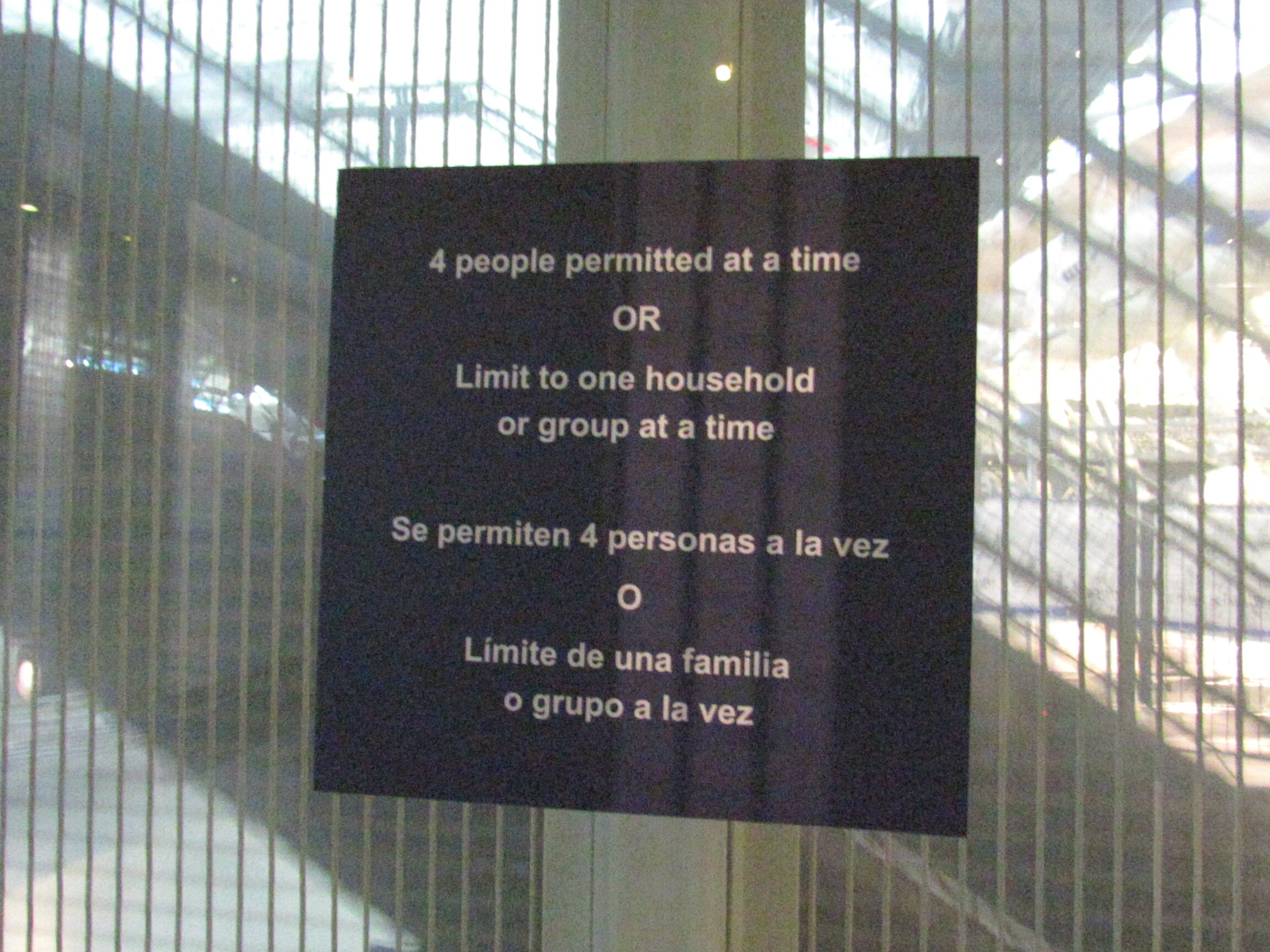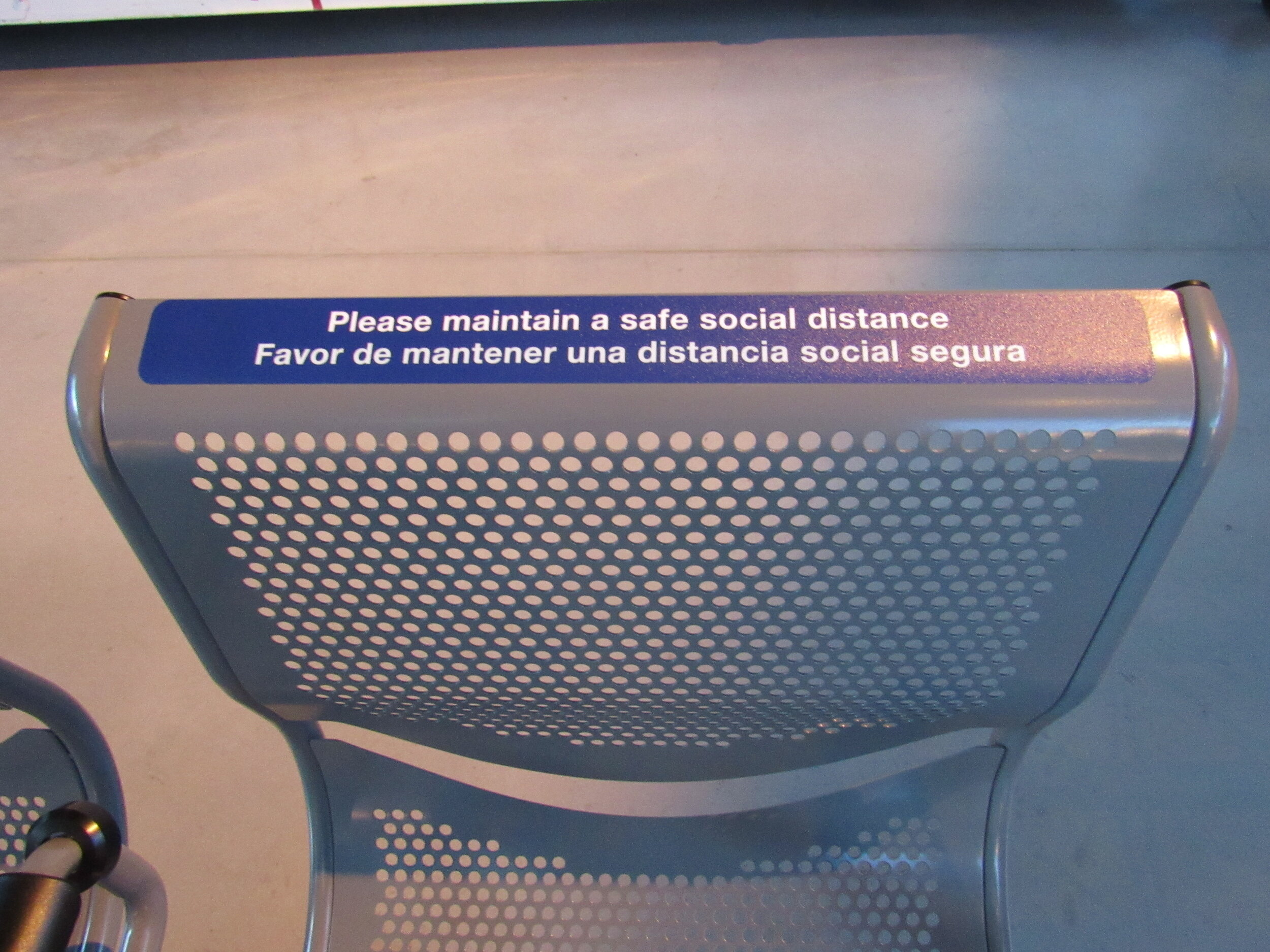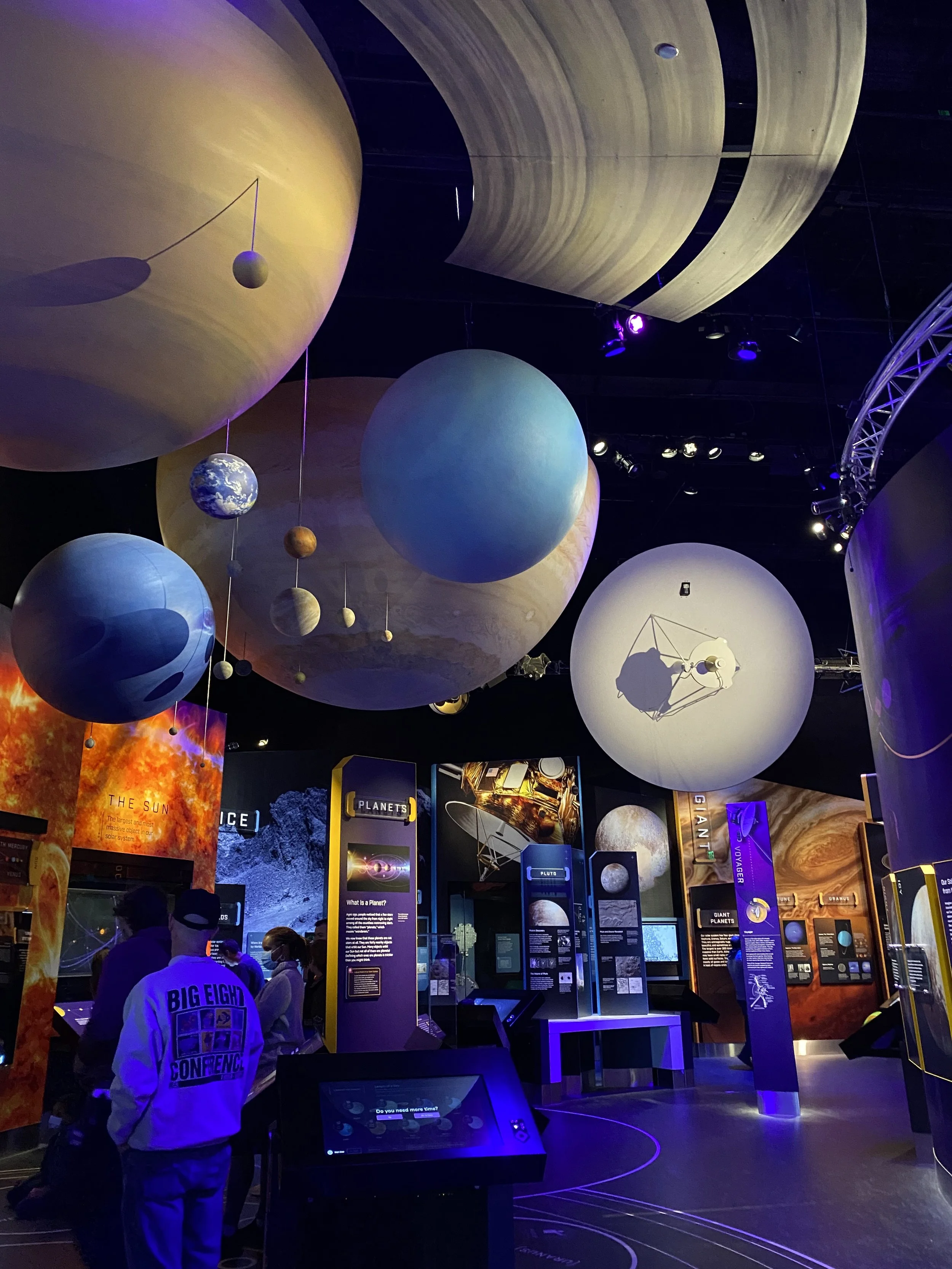March 13, 2020: I stepped into my last museum before the COVID-19 shutdown. I had to run into the National Gallery of Art to pick up some materials from my office so that I could start working from home. Since it was so nice out, my roommate and I decided to site see before everything closed down. I distinctly remember saying to my roommate, "Oh, don't worry about seeing the Degas at the Opera exhibition right now, it is open until July! Surely, we will be back before April." One hundred and forty-two days later, I finally got to go back.
The COVID-19 shutdown has changed the world we live in. I never thought, especially after moving to Washington DC four years ago, that I would go a week without stepping into a museum. Suddenly, it has been months since I have been in a museum. Rightfully so, museums want to protect the public so they closed their doors. However, the industry suddenly had some very important questions on their hands: When would museums reopen? Would they reopen? And if they reopen, how will operations change to protect staff and visitors?
National Gallery of Art - August 2, 2020
On August 2nd I was able to visit the National Gallery of Art for the first time in months. Although I am a staff member, I am not able to return to work yet, so I attended as a regular visitor. Getting a ticket was surprisingly easy. Although I had initially forgotten about the Monday release, I still managed to get a 2:30 ticket for the following Sunday. I was shocked Sunday tickets were available but I was equally thrilled to not have to wait for the next week of tickets to release. The ticket came via email and included clearly articulated rules for entering the museum. Some instructions were standard from other timed tickets I've worked with, come within the allotted window, prepare for a security screening, etc. There were new rules also: stay six feet apart, wear a mask at all times, and they had detailed explanations on the measures that the National Gallery of Art was taking to keep the public spaces clean.
Ticket for the NGA with QR code blocked out.
The day of the visit came, and the only word I have for it is surreal. It was one of the hottest days in DC yet. It was one of those days that museums would usually be packed with families seeking refuge in the air conditioning. However, this day there was hardly anyone on the National Mall and no one in line for museums. (At this point, the National Gallery of Art was the only museum open on the mall.) Visitors were only able to enter the museum from the entrance on Constitution Ave. A few people were using the front steps for their workouts, and a few folks hiding by the fountains in the shade, but nowhere near the crowds, you would usually see on the steps to get into the museum.
The entry experience was extremely pleasant. There was no one waiting in line when I got there. However, the tickets did warn that you may have to wait outside for a short amount of time if there was any congestion in the galleries. There were clear markers to stand on to enforce social distancing outside. The staff who greeted me were very kind and extremely helpful. I was a little bit early for my time slot, but since the galleries were clear they were able to let me in. They scanned my ticket and sent me through security and I was on my way. I have been extremely critical of timed tickets in the past. Between experience at work and many visits to museums, I have seen them at their best and worst. However, this visit encouraged me. It was so simple, I wondered if this could be the solution to my last post about overcrowding in museums, which feels ever more relevant with social distancing.
At the time I visited, the only galleries that were open to view were the ground floor galleries. This includes a small portion of the permanent collection (mostly sculpture and furniture) as well as the special exhibitions Degas at the Opera and True to Nature. My main purpose for this trip was to see the Degas exhibition again before it closes. I quickly browsed through the sculpture galleries, noting how quiet they were, before heading directly to Degas.
As you would expect with any special exhibition, Degas at the Opera, seemed to be the draw for the majority of visitors. Due to this, the phenomenon of the entry gallery being the most crowded still occurred despite COVID-19 measures. The guards were extremely attentive about monitoring the crowds, as I overheard them suggesting a temporary hold on allowing visitors into the exhibition. Still, compared to some exhibitions I have attended, this entry "crowd" couldn't have been more than twenty people. Since I had seen the exhibition before, I bypassed the first gallery entirely and continued on through the exhibition. There were rarely more than four or five people in a gallery at a time, including the guards. This made the galleries extra quiet and there were never crowds around any particular object. For the first time in my life, other than viewings before the galleries open to the public, I was able to walk completely around Little Dancer Aged Fourteen without getting in someone else's way.
Before I left, I visited the museum shop to purchase the exhibition catalog for Degas. The gift shop had been transformed into a one-way pathway to ensure social distancing, and I found myself to be the only visitor in the area. There were a few people in the dining area having a snack, but with the main cafeteria closed, the number of people was very low.
Overall the National Gallery of Art visit exceeded my expectations for procedure and safety and met my expectations regarding what was on view. Staff were extraordinarily friendly and helpful, and I noticed no problems with visitors wearing masks. The National Gallery of Art did an exceptional job preparing me for what to expect with social distancing and safety but could have made it a little clearer what galleries were open. Many of the small side galleries were closed, but that was not made as clear when I was preparing to visit. But no closures as big as the Udvar-Hazy National Air and Space Museum.
National Air and Space Museum - August 23, 2020
National Air and Space Museum policy reminder e-mail.
When I started writing this review of my National Gallery of Art experience, I had not expected to be able to visit the National Air and Space Museum before posting. My roommate and I had some errands to run in Northern Virginia anyway, so she suggested that we try to go to Udvar-Hazy. Getting tickets was even easier for NASM than the NGA. We were able to get tickets for day-of if we wanted them, but we ended up going with morning tickets on the following Sunday. The e-tickets came with similar instructions for safety to the National Gallery of Art. This mostly included, keep six-foot distance, wash hands, etc. We also got an email on the morning of our visit, asking us to do a health self-check before we visited. This included taking our temperature, noting if we had cold-like symptoms and others. I thought this would be a survey style check, but it was just for our information.
The difference in ticket information was most noticeable once we arrived to the museum. The tickets mentioned that there were parts of the museum that were inaccessible due to roof work above. The ticket had a hyperlink that took you to the main NASM website to explain more. There is a list of exhibitions that are closed, and one picture of covered airplanes, but you have to click on another link to see the floor plan. It could have been the way I read it, but it did not appear that half of the museum would be closed, or covered in plastic. It was a bummer to immediately walk in and see some of the most iconic planes covered in plastic. Understandably, work needs to happen, but I think it could have been articulated a bit more clearly.
Behaviors in the museum were similar to the NGA. Around major objects like the Enola Gay and the Space Shuttle Discovery, there was a little bit of a crowd but everyone was respectful about staying at least six feet from other groups. The museum also seemed to be aware of where there could be problem spaces and had extra stickers on the ground in those areas reminding visitors to be especially aware. The museum had some clever signage in the shape of space capsules and airplanes to demonstrate six feet.
Unfortunately, the museum had closed down many of their digital displays, whether they were touch screen or not. They did have a few, newer looking, flat screens in areas displaying either informative videos or a pre-recorded message from the director. They also had a TV in the booth where you would normally have a physical volunteer. There you could talk to a volunteer via video chat if you had questions. I thought this was a clever way to keep volunteers engaged, without endangering them. I did notice that, wherever there was a TV, there seemed to be a larger crowd around that area.
The biggest problem I encountered with social distancing was on the platform that goes by the Enola Gay. Since it was still open as a two-directional path, if you had two families going by, it could be very difficult to keep the six-foot distance between you. Mask wearing at National Air and Space Museum was definitively enforced. Unlike the NGA, I saw guards at the NASM kindly remind a few people to wear their mask correctly. The visitors complied and I was glad to see that no one put up a fight about it. The only spot in the museum that had a line was the gift shop. We were pretty exhausted by the time we got to that point, so we did not bother.
The visit to the National Air and Space Museum was a mixed bag. Getting tickets was easy, and we were thrilled to see that they had temporarily lowered the parking fee a few dollars. Yet something was lacking. For me, though I hate crowded museums, part of the joy of an air and space museum is seeing how excited visitors are to see these objects. With mask-wearing and reduced capacity, it is difficult to get that atmosphere. Again, I wish it had been clearer how much of the museum was closed. I would correct this by attaching the floor plan directly to the ticket email.
Overall, I think that the museums that I visited handled post-COVID visits very well. It is easy to say I would do this differently, but there is no one way to reopen, and there will definitely be growing pains as the museum sector begins to reopen nationwide.

